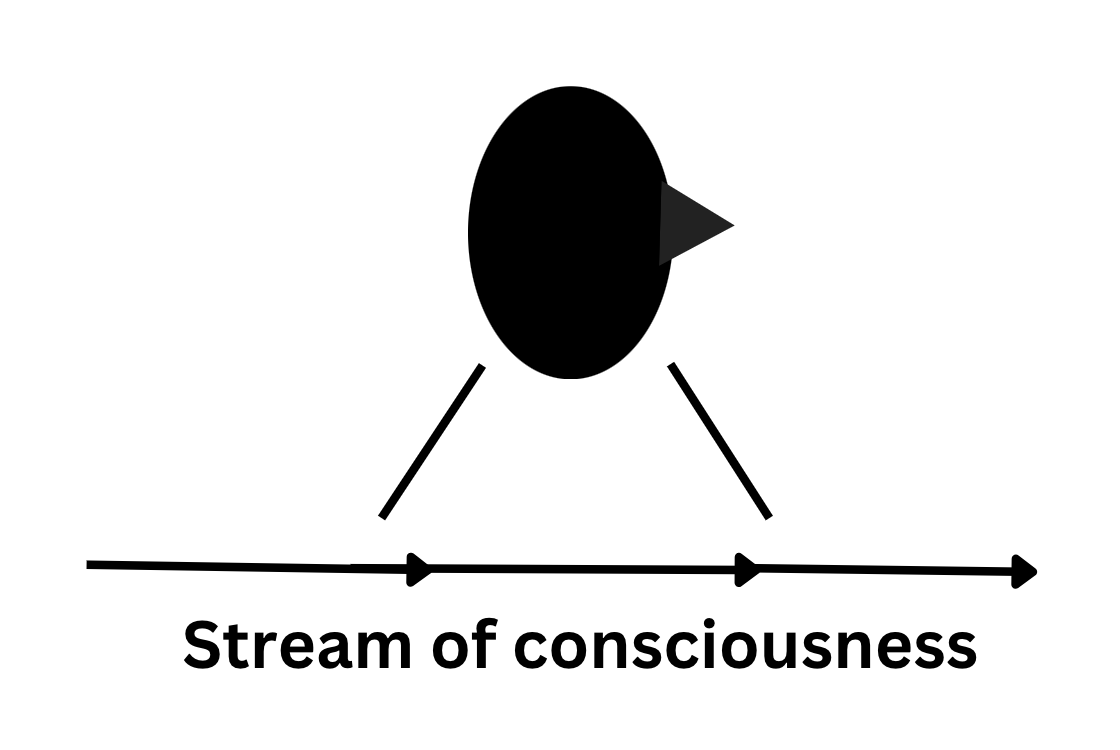Sparring about your Lean issue?
Call René
FEATURE - The author explores methods to expand your "sweet spots" for flow, improve your focus and achieve a state of effortless productivity.
Words from: Dan Prock
Brain science tells us that people use only a small percentage of their brain power. Yet if we can expand the time we work in a flow state, we can up our mental game.
We all possess a stream of consciousness, a mental stream given to us by evolution. Consciousness, as defined in the dictionary, is an awareness of self and environment that includes the continuous recording of sensations, images, memories, thoughts, feelings and reflections. This stream selectively focuses on elements relevant to the self while discarding the rest (as G. William Barnard wrote in Living Consciousness). Twentieth-century psychologists, including William James, suggested that our real-time awareness spans between 4 and 10 seconds, allowing us to fully open to the present moment, resulting in clear awareness within our stream of consciousness, as illustrated in Figure 1.

In our efforts to fulfill our physical and psychological needs (as described by Maslow), anxiety often clutters our minds with fragmented thoughts (stories, memories, plans, etc.) and emotions (sensations and feelings, etc.), hindering our presence. However, when we cultivate the ability to sustain our presence for a substantial duration, something transformative takes place.
Years ago, Professor Mihaly Csikszentmihalyi defined flow in Finding Flow as, "The moment when you are faced with a situation of high challenge and high skill accompanied by feelings of concentration, creativity and satisfaction." Think of a scenario in a work meeting where a problem arises within your area of expertise or problem-solving skill. For example, there may be a software bug in your company's systems and you have the skills to detect and fix the problem. By voluntarily solving the problem, you immerse yourself in presence and achieve a state of flow that helps solve the problem. Let's deconstruct flow further. Figure two below illustrates how flow occurs when skills and challenges are aligned, leading to a state of presence - relaxed acceptance of what is, without resistance. Flow follows that is accompanied by a synchronicity of events.

When we try to ensure safety and success by predicting events, controlling others or sticking strictly to our ego-driven narratives (more here), we obstruct flow space. When a challenging situation arises, it demands our focus, displacing these obstacles with the clear awareness of presence. Recognizing that we have the skills to meet the challenge naturally evokes a state of flow. Many of us have experienced flow during our best moments at work, in sports, hobbies, relationships or intimate moments. Surveys indicate that participants claim to experience flow between 10% and 80% of the time. Regardless of frequency, we can all benefit from expanding our flow sweet spots.
There are four ways to clear mental clutter and extend the duration and frequency of our flow sweet spots.
The first method involves activating "Improv Flow." This involves not judging, experimenting, doing your best, observing the results and making adjustments as you go along. For example, consider a situation where you discover a leak in your underground garden watering system. If you are not sure where it is, the best approach is to test the connections sequentially for alignment and wear, starting with problematic areas and major bends from the past, and troubleshooting from there. While experts and authorities may dismiss improvisation as lazy, unprofessional or irresponsible, when facing new challenges or uncertainties, improvisation often proves to be the most effective way to move forward or learn along the way. As the saying goes: You can't drive a parked car!
The second approach to improving flow is to apply "Reskilled Flow." This involves adding new skills to your repertoire or embracing new technologies, allowing people to take on more challenges and experience flow more often. Organizations invest significant resources in training and technology for this reason, making Reskilled Flow central, as shown in the middle of Figure Three.

The third technique for increasing flow - "Reframing Flow" - involves reframing highly demanding challenges, which initially seem beyond one's capabilities, into new, more manageable and achievable definitions. Reframing involves taking a new view of what a challenge means. For example, suppose the challenge is to convince your cost-conscious CEO to fund a technology investment for your department. Instead of approaching the challenge as "convincing her" with a long PowerPoint presentation, redefine the challenge. Frame the discussion as an opportunity to familiarize the CEO with your employees' existing processes, highlighting inefficiencies and recurring problems. Illustrate how the proposed technology will address these problems for the benefit of both the CEO's employees and customers.
The fourth method of increasing flow consists of increasing your ability to stay present, open and not resist everything that arises. Presence, similar to glasses or binoculars, consists of two lenses. One lens observes the continuous sequence of activity within the 4-10 seconds of awareness. The second lens remains an unwavering observer, opening to the "flow space" and synchronicity on the path to your goal. With conscious choice, you can increase your ability to meet challenges in a changing world, stay present and find flow.
Eventually, if you choose, you can improve your mental game by expanding your time in flow. Then everything becomes workable.
Author:


Sign up for our newsletter